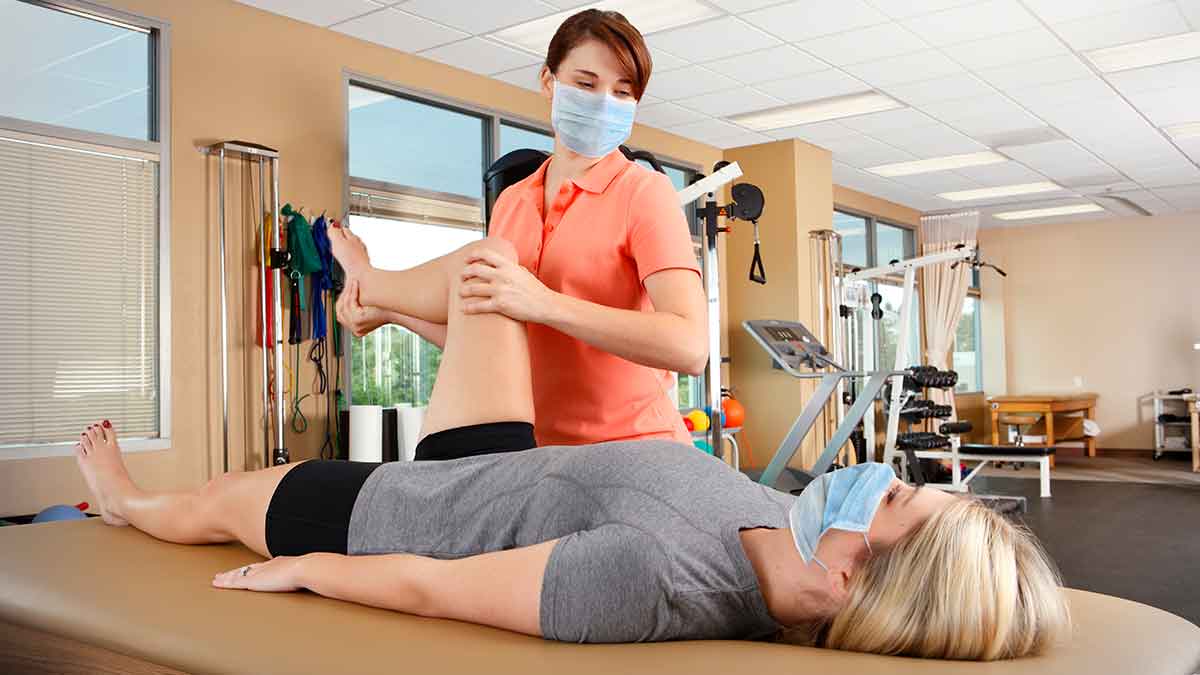Efficient Approaches for Reducing Dyspnea in Physiotherapeutic Rehabilitation Sessions
Efficient Approaches for Reducing Dyspnea in Physiotherapeutic Rehabilitation Sessions
Blog Article
Breathing difficulties, or difficulty respiration, is a frequent issue that many individuals face, particularly those with long-term lung conditions, heart problems, or other medical concerns. In physical therapy sessions, addressing dyspnea is essential for helping patients improve their overall quality of life. By employing specific methods and approaches, physical therapists can help patients in controlling their breathing difficulties. Grasping these efficient methods can enable both therapists and patients to collaborate together more effectively in addressing obstacles related to breathing difficulties.
One of the main methods used to reduce breathing difficulties in physical therapy is the application of controlled breathing exercises. These exercises often concentrate on abdominal breathing, which promotes patients to use their breathing muscle rather than their upper chest muscles when breathing in. This method helps to maximize lung capacity and efficiency. Additionally, pursed lip breathing is another technique that can be beneficial. This technique involves breathing in through the nose and exhaling slowly through compressed lips, which can assist to keep airways clear longer and render breathing feel easier. By including these exercises into therapy sessions, physical therapists can provide patients with tools to control their breathing difficulties both during and beyond of their appointments.
Another crucial aspect of controlling breathing difficulties in physical therapy is the development of an personalized exercise regimen. Customizing exercises to meet the individual needs and abilities of each patient is crucial. Therapists should slowly integrate aerobic exercises, such as ambulating or cycling, in a structured manner, allowing patients to develop their endurance over time. This progressive method helps patients to feel more comfortable with fitness activity while simultaneously improving their lung capability and overall stamina. It is vital for therapists to observe patients closely during these activities to ensure they are not overexerting themselves, which could lead to greater difficulty of breath.
Education also plays a major role in reducing breathing difficulties during physical therapy sessions. Providing patients with knowledge about their ailment and the mechanisms behind breathing difficulties can enable them to take charge of their health. Therapists can describe how elements like anxiety, posture, and environmental conditions can affect breathing. By understanding these ideas, patients see this can learn to manage their symptoms more efficiently. Techniques such as anxiety reduction strategies and proper body mechanics can additionally assist in minimizing the impact of breathing difficulties during routine activities and therapy sessions.
In conclusion, effectively alleviating dyspnea in physical therapy sessions involves a mix of breathing exercises, individualized exercise regimens, and patient teaching. By applying these effective approaches, physical therapists can assist patients control their respiratory difficulties and improve their overall health. Collaboration between therapists and patients is essential to create customized interventions that meet individual needs. With the appropriate support and methods, patients can experience relief from dyspnea and engage more completely in their physical therapy journey, ultimately leading to a better quality of life.